Recent Articles
Popular Makes
Body Types
How, Why, and When to Disinfect Your Car

2015 Dodge Charger with passengers ・ Photo by Fiat Chrysler Automobiles
Most of us know the basics of contagious illness. If someone is sick, they can sicken other people around them. Most specifically, they’re expelling and spreading germs — most powerfully by sneezing or coughing, but also by handling objects with contaminated hands — that someone else then inhales or ingests.
In flu season or cases like the 2020 coronavirus outbreak, it can make sense to disinfect your car so people can’t pass around germs as easily. Disinfecting your car won’t protect you against a sick passenger who coughs or sneezes on a healthy one, but it keeps people from picking up germs left on a high-contact surface. Here’s how, when, and why to disinfect your car.
Avoiding the Spread
Some folks are the only people who are ever inside their car. If you’re one of them, good news: No one is going to spread germs inside your car except you, and you’re not going to sicken yourself with your own germs. That means you shouldn’t have to worry about disinfecting your car.
However, if you’re sharing a car with someone who is or even might be sick, disinfecting becomes more prudent. It’s especially important if the car is used by a large number of people — for example, if you’re a driver or passenger in a ride-share vehicle — or if you or any of your passengers are particularly vulnerable to illness.

Photo by Ford
Focus On Where People Touch
There are plenty of reasons to do a deep cleaning of your entire vehicle, from top to bottom. A clean car interior will look better, smell better, and hold up better over time. However, when you’re worried about illness and are trying to disinfect, the most important places are the ones the driver and passengers are actually touching.
The steering wheel is an obvious candidate. So are the door handles (both inside and outside of the car) and the gear selector, the key, various buttons and knobs on the dashboard, lids for cupholders and bins, the grab handles above the doors, and the rearview mirror. If you know for sure something hasn’t been touched — for example, if no one has readjusted your driver’s seat and therefore no one has handled the seat controls — you don’t have to focus your time and cleaning supplies there.
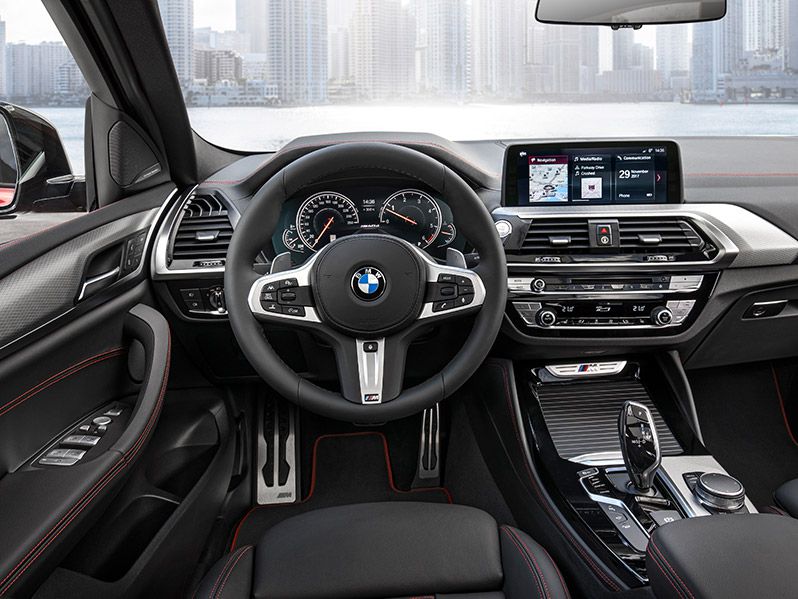
Photo by BMW
Don't Scrub Too Hard
Again, we’re not talking about how to make your car beautiful — just how to make sure it’s safe. Car detailing tips can be the topic for another day. The disinfecting process isn’t the same as you’d get from a car wash.
As you disinfect your car’s interior, remember that you’re not trying to extract dirt, just kill germs that are sitting on various surfaces. That means you don’t have to scrub too hard. If you’re using a disinfecting wipe or a disinfecting product on a microfiber cloth, it’s killing germs even with a gentle touch. In fact, more vigorous cleaning can actually damage your car’s interior if you’re using disinfecting products rather than car-care cleaners. If you want your car to be dirt-free as well as germ-free, you can clean first with conventional car-care products and then follow that up with a disinfecting wipe or soap and water.
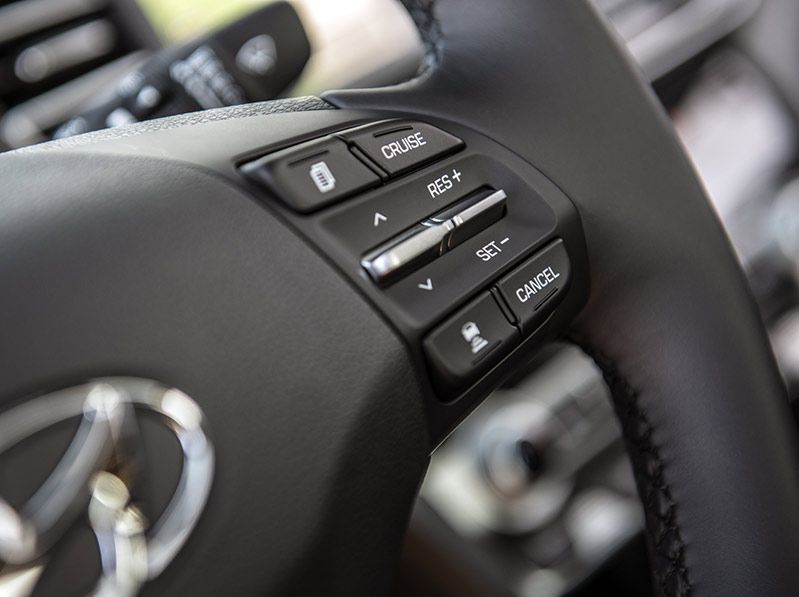
Photo by Hyundai
What to Use
We’ll go into more details about many of your car’s specific surfaces and materials in the coming pages, but in general, avoid cleaning products that include bleach, ammonia, or peroxide. These are too harsh for most car interiors and can strip away protective coatings, dyes, or even the underlying material.
Lysol-brand wipes and equivalent products work well, and isopropyl alcohol is fine except on leather. (With alcohol, the concentration should be at least 70% to be effective.) Soap and water are also effective, but you’d want to ensure that you don’t let any surface in your car get too wet. A clean wipe or microfiber cloth will protect the interior against scratches compared to a simple paper towel or rag.
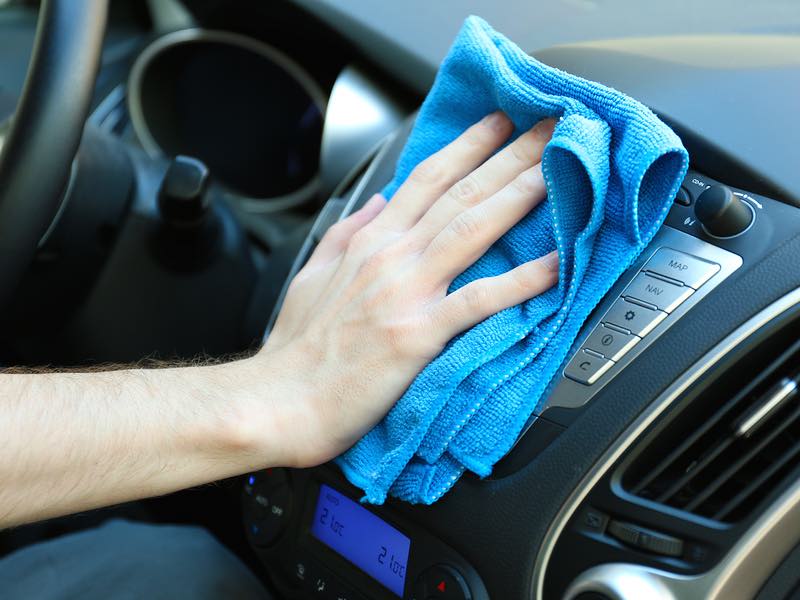
Photo by Stock Photograph
Steering Wheel, Shift Knob, and Key
As we mentioned before, the steering wheel, shift knob, and key are two high-touch surfaces that are central to any plans you have to disinfect your car. But depending on your car, they may need different types of disinfecting treatment.
First of all, a growing number of recent-model vehicles have leather trim on their steering wheels, shift knobs, or even keyfobs, even if they have cloth or vinyl upholstery on the seats. Leather requires extra care compared to polyurethane or similar plastics, vinyls, and rubbers — not for disinfecting, but for protection against damage. If you have leather on your steering wheel, shift knob, or key, you can treat it with a leather-care product after you disinfect it to remove the germs. That will help protect the leather against excess wear from the disinfection, especially if you’re disinfecting the car often. And if you have a proximity key that can stay in your pocket or purse while you unlock, start, and lock your vehicle, take advantage of that functionality. If you don’t take out your key, you won’t have to disinfect it unless you share it with another driver.
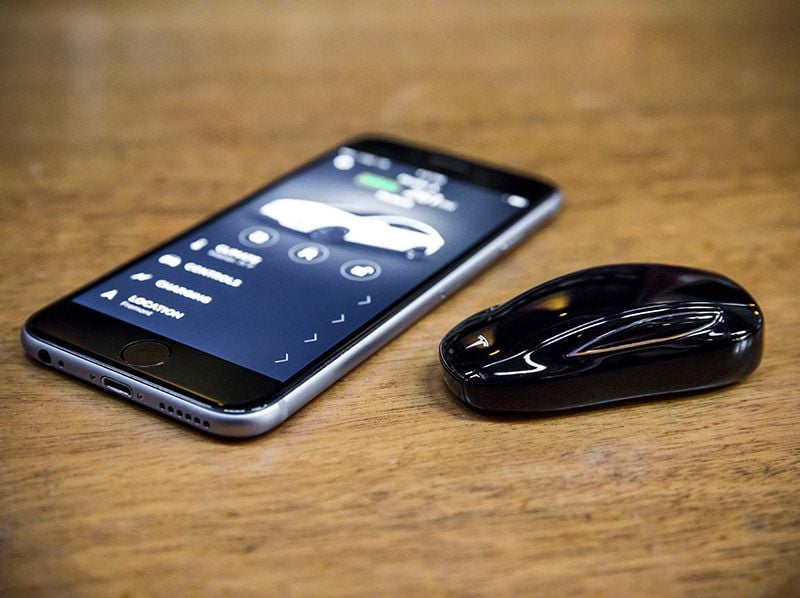
Photo by Tesla
Seats
If you have cloth seat upholstery, good news: You shouldn’t need to disinfect your seats to combat illnesses like the flu. They’re not likely to have germs sitting on the surface for easy transfer among different people who sit there. But if you have leather or imitation-leather upholstery, you’ll want to disinfect the seats. What’s more, the two types of material need to be handled differently, and it’s not always clear whether you have genuine or imitation leather.
Imitation leather is often known as leatherette, while many automakers have their own specific brand names for the material, such as Volkswagen’s V-Tex and Lexus’s NuLuxe. You can disinfect it with soap and water, disinfecting wipes, or isopropyl alcohol. However, it’s a good idea to treat leather upholstery with a leather-care product after disinfecting it — but that could damage imitation leather. Meanwhile, leather shouldn’t be disinfected with isopropyl alcohol. If you’re not sure whether your car has leather or imitation leather, you can look online based on its year, make, model, and trim level, or try asking your dealer. For a few brands, you can also find a car’s original window sticker online by using its vehicle identification number (VIN).
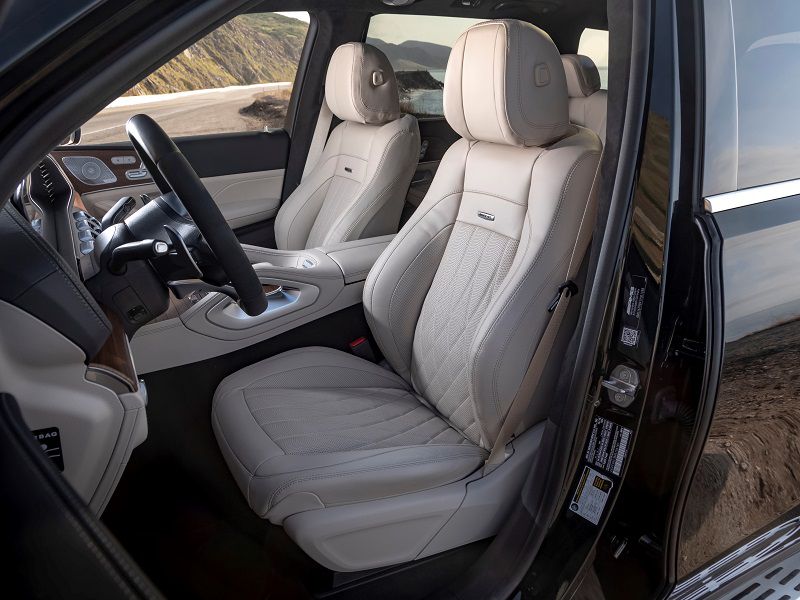
Photo by Mercedes-Benz
Elsewhere in the Cabin
In most cars, the other areas of the cabin you’ll need to disinfect can all be treated with the same methods as other non-leather surfaces. These will be any surfaces that will potentially be touched both by an ill person and a healthy person. Depending on your situation, these could include the buttons and knobs on the dashboard; interior and exterior door handles and door pulls; switches for the power windows, locks, and mirrors; bins and armrests; stalks for controlling the wipers, turn signals, or cruise control; the rearview mirror frame; trunk and fuel-door releases; upper grab handles; and seat adjusters. As we said before, you’ll know which of these have been handled in your particular car, and you don’t have to disinfect something that no one is touching.
Be extra careful if your car has a touchscreen on the dashboard, found on most modern vehicles and some older models. Touchscreens typically have a special coating to protect against fingerprints and glare, which could be damaged with conventional glass cleaner. You’ll just use the same cleaning supplies we recommend for elsewhere in the cabin.
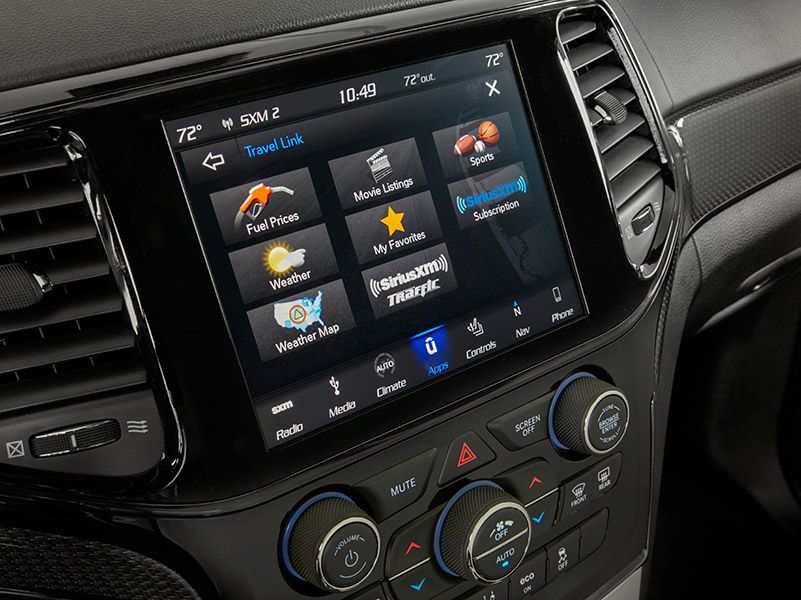
Photo by Fiat Chrysler Automobiles
Gas Pumps
This isn’t part of disinfecting your car, but it is part of the driving experience. When you buy gasoline, you’re handling the same pump and related controls as hundreds of other motorists — and you don’t know what health and hygiene practices they have.
To avoid bringing those germs into your body or into your freshly disinfected car, there are several options you could take. You could wipe down the pump handle and the buttons you’d use with a disinfecting wipe, or you could protect your hand inside a paper towel or disposable glove while filling your tank and paying for the gas at the pump.

Photo by Stock Photograph
Cover Your Mouth and Wash Your Hands
Disinfecting your car is a great precaution against spreading contagious illness. But it’s no substitute for washing your hands well with soap and water or hand sanitizer before and after you get into a vehicle that other people will also be using. And by covering your mouth with a tissue or sneezing and coughing into the crook of your arm, you’ll greatly reduce the spread of germs.
One last tip: Be sure you don’t store large bottles hand sanitizer in your car, since they can overheat and burst when kept in a hot vehicle.

Photo by Stock Photograph